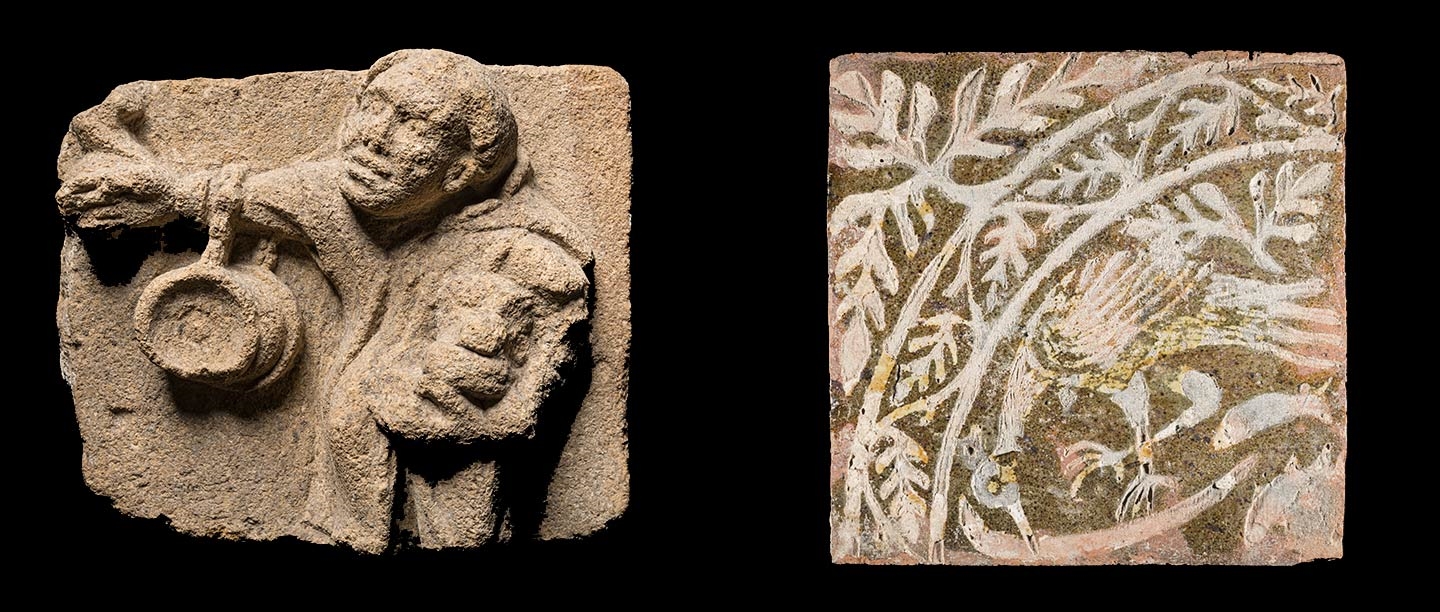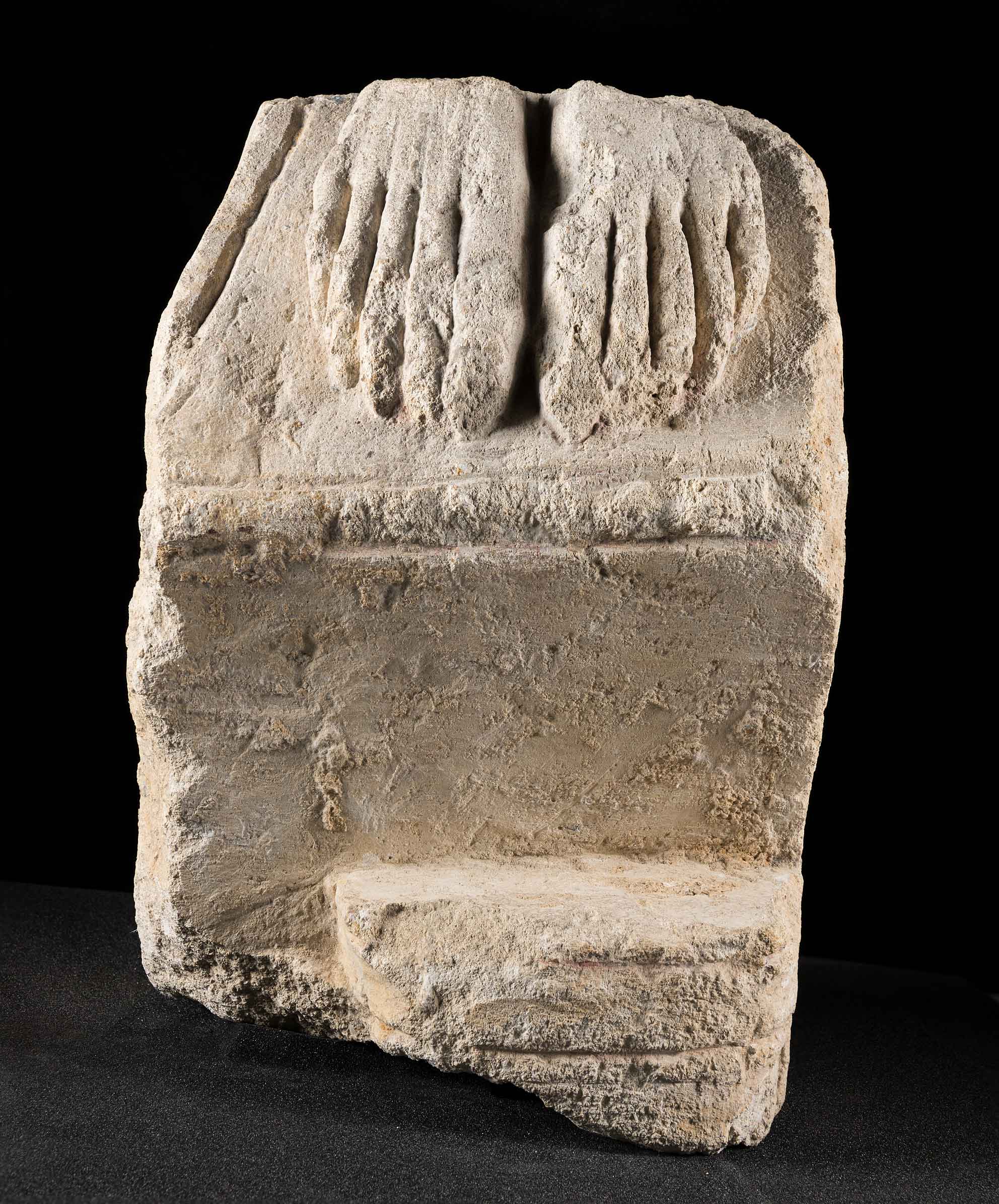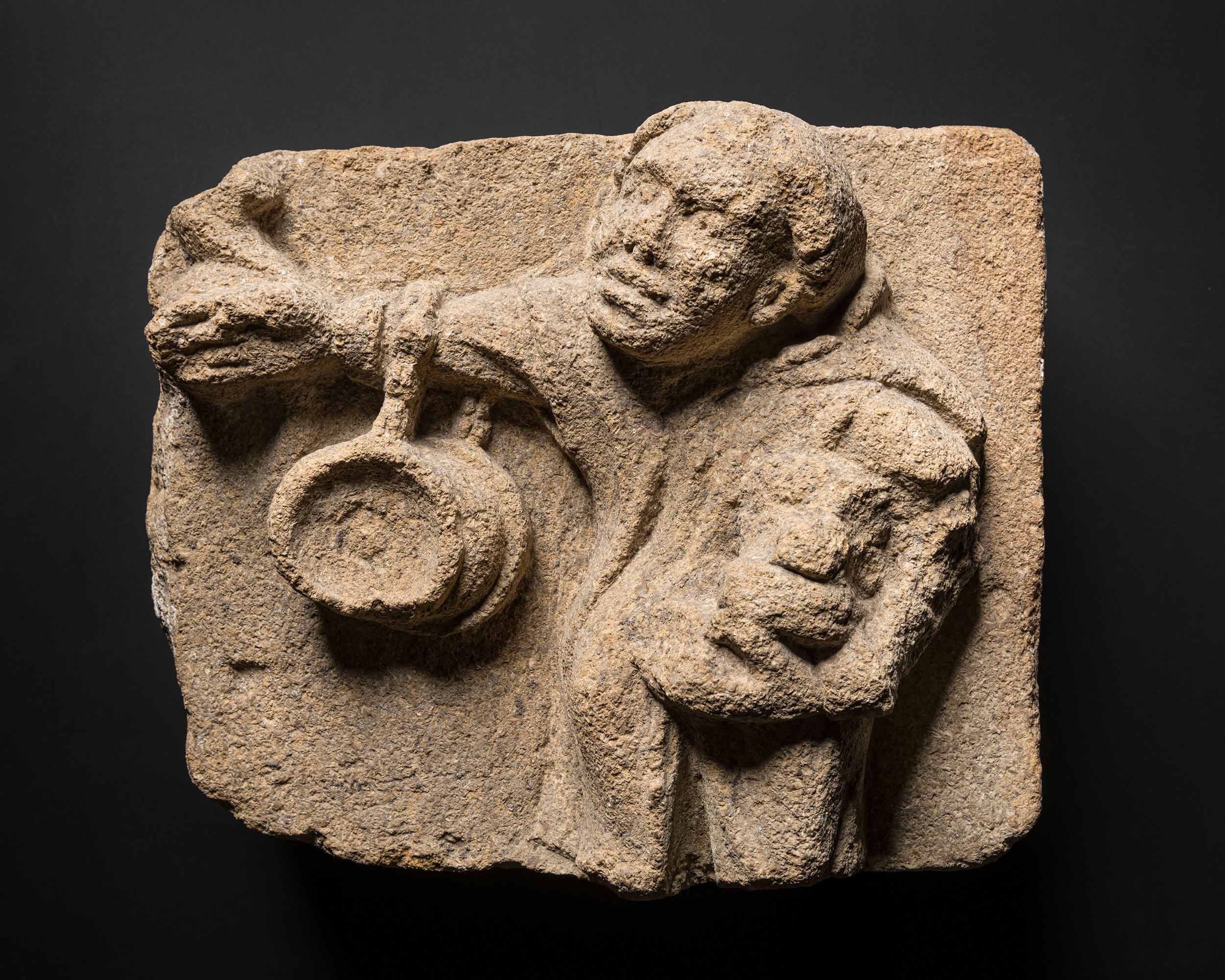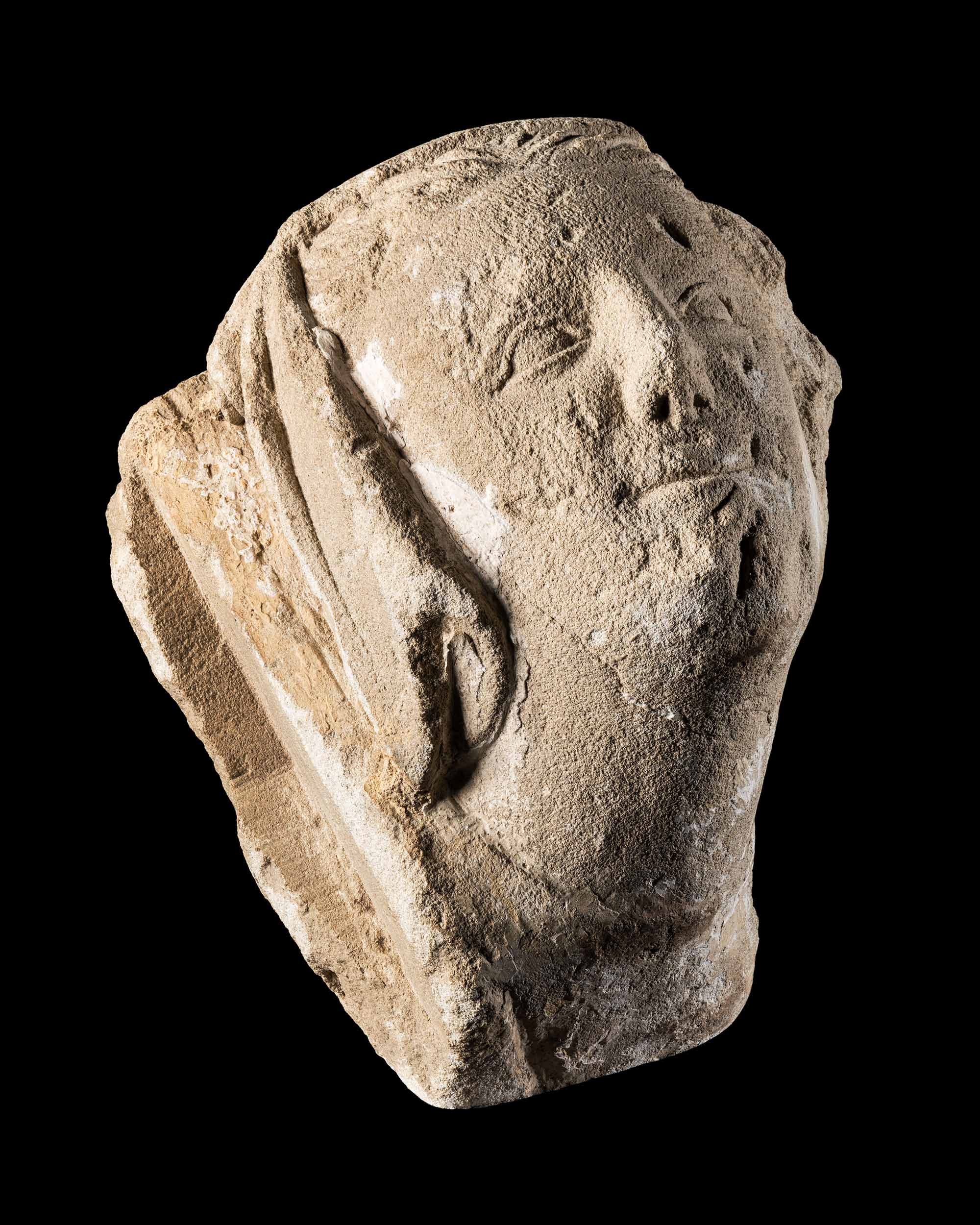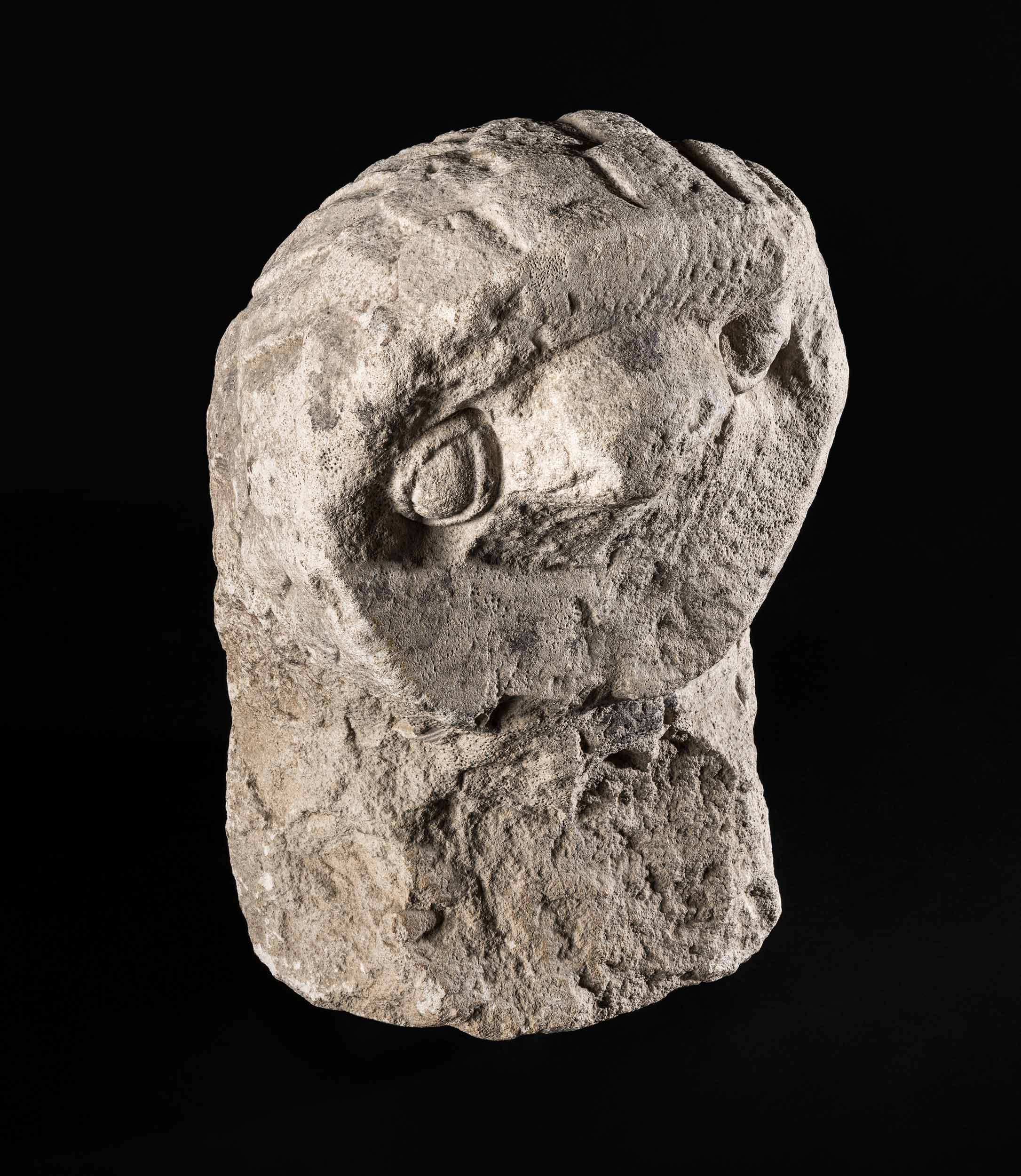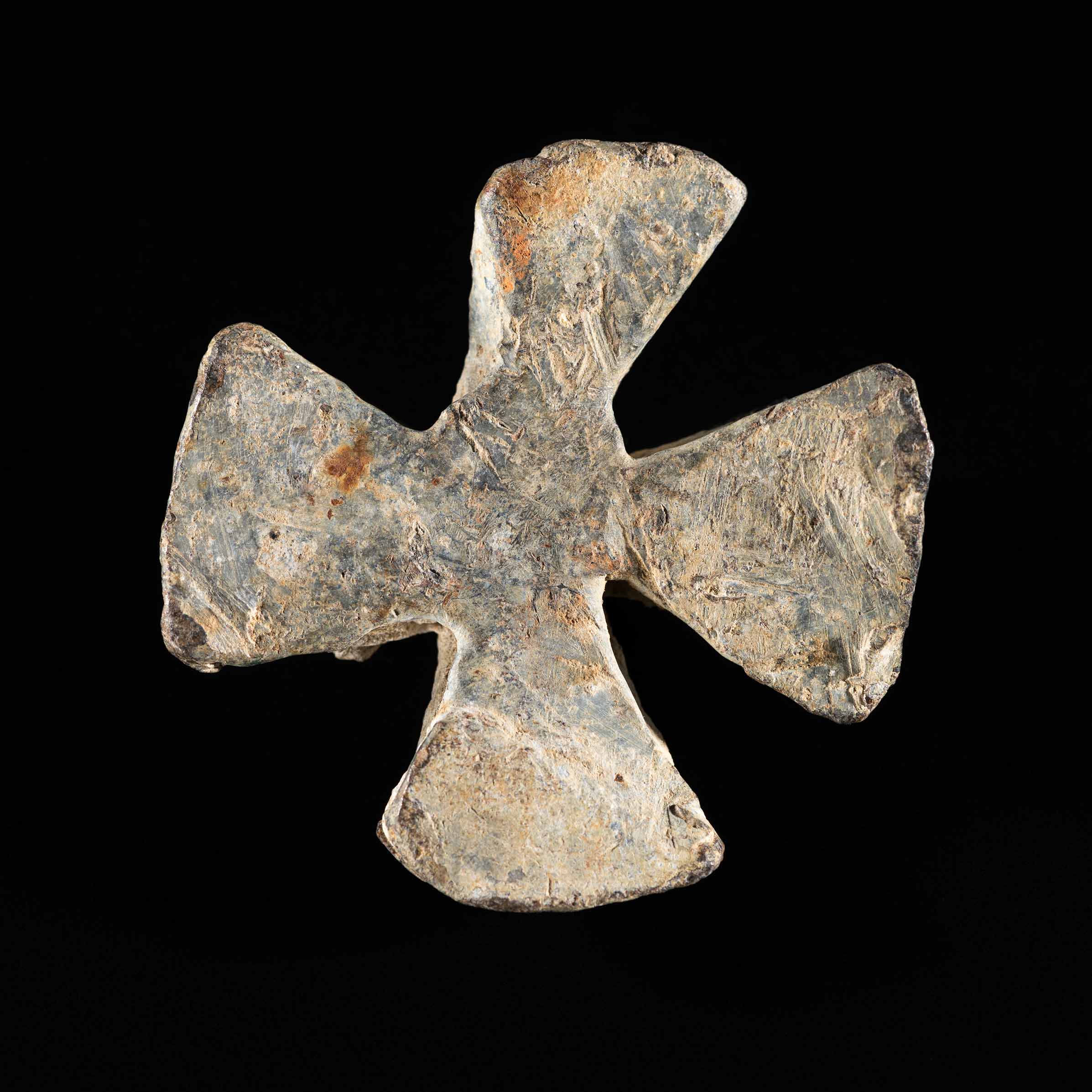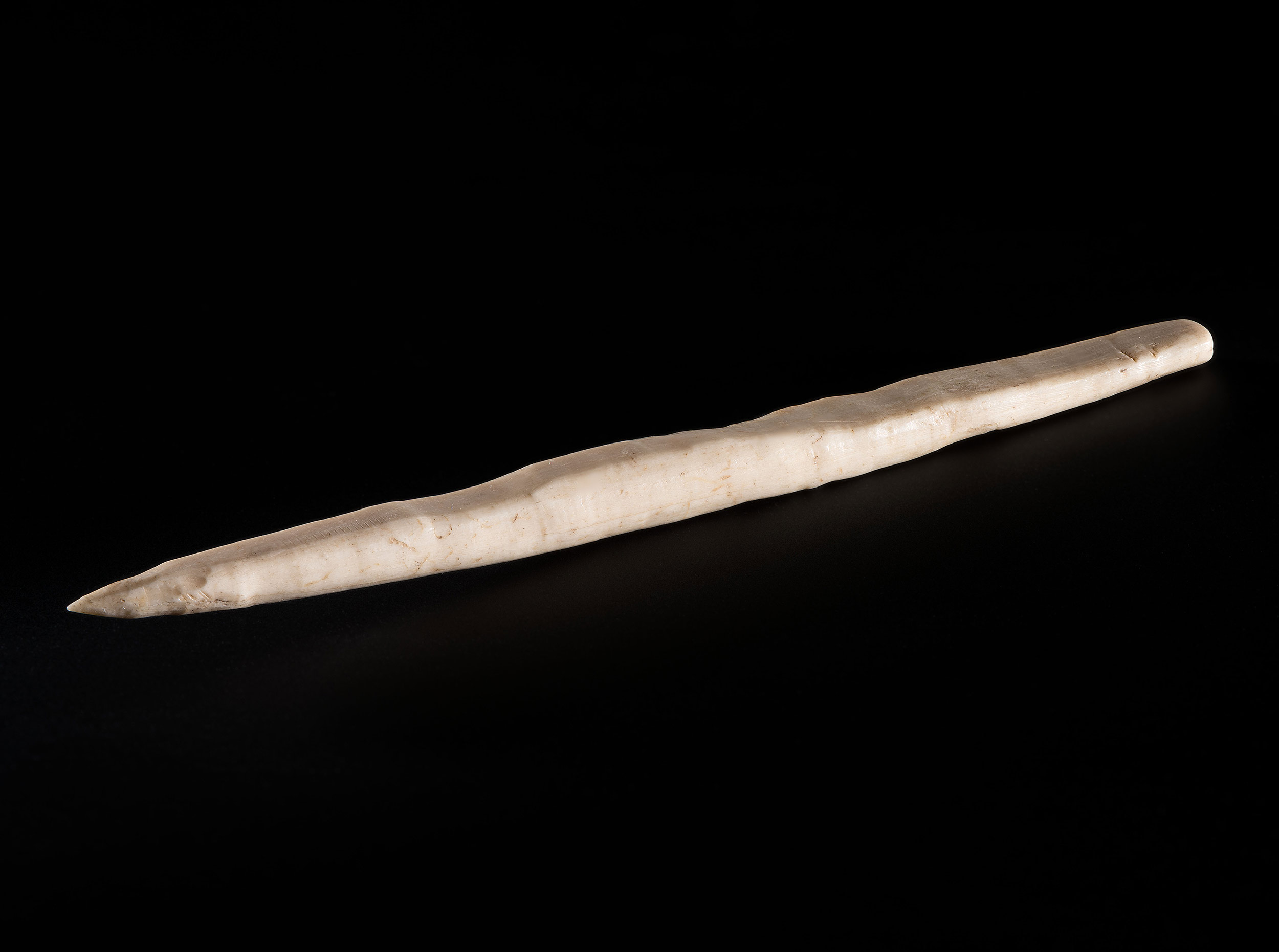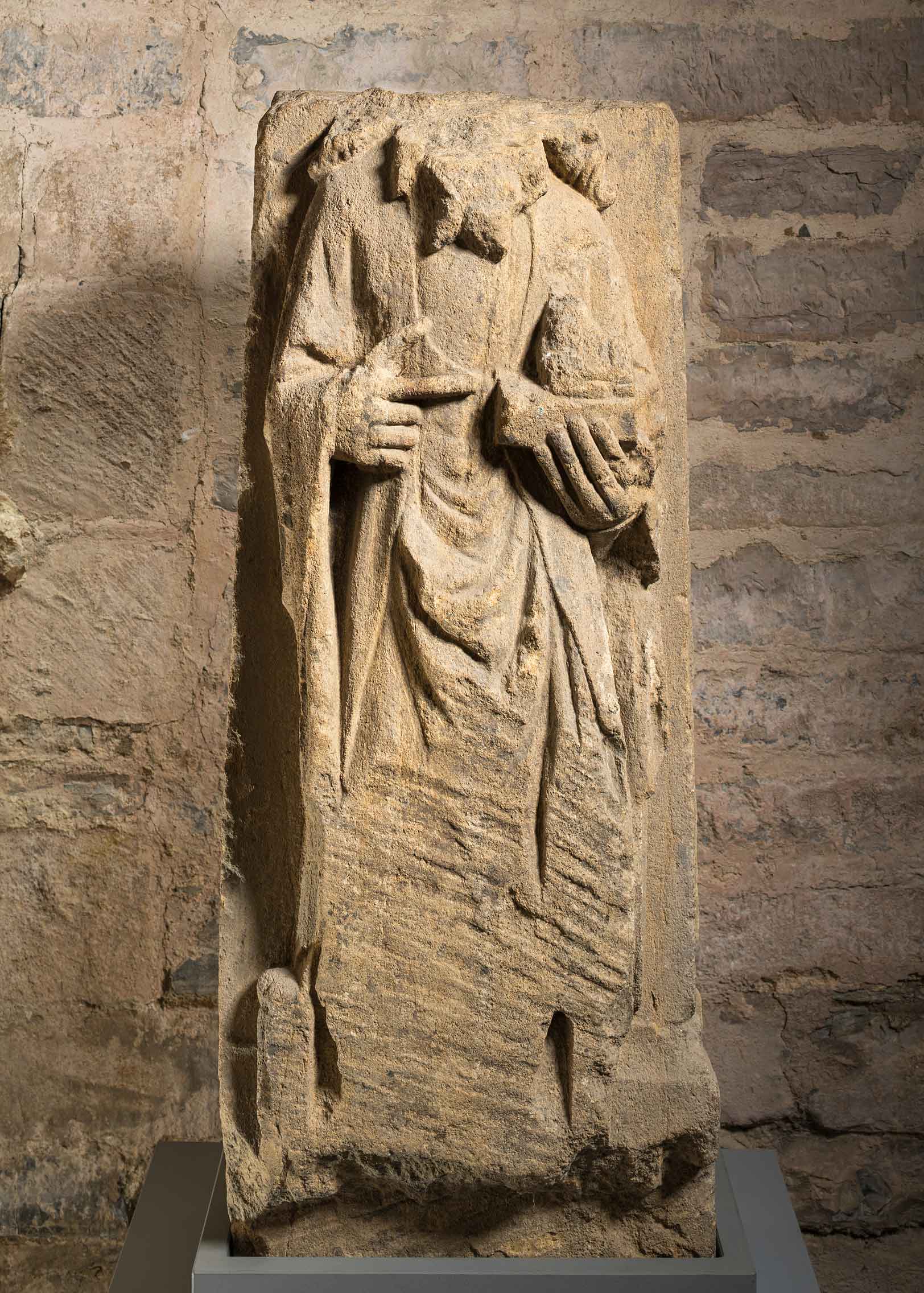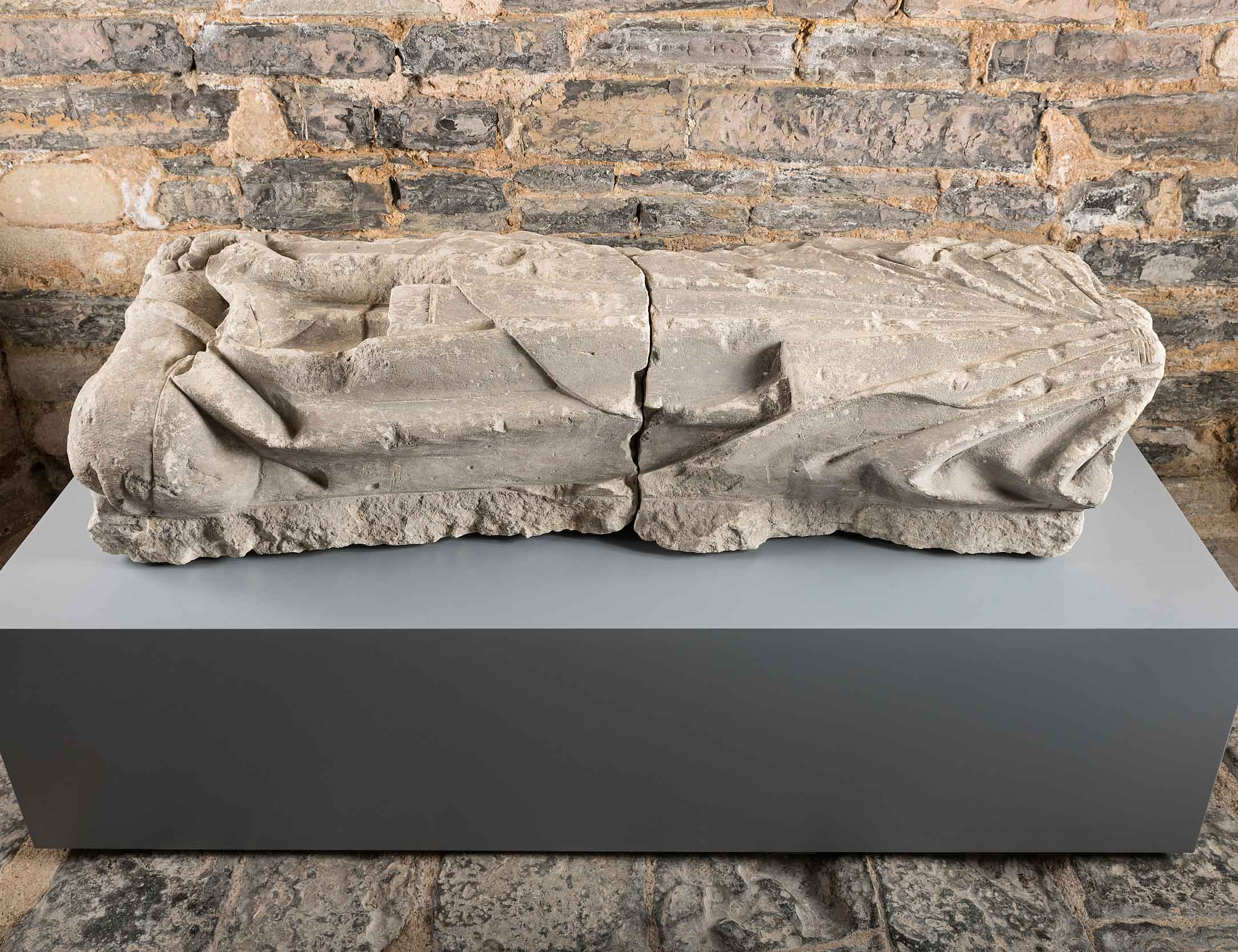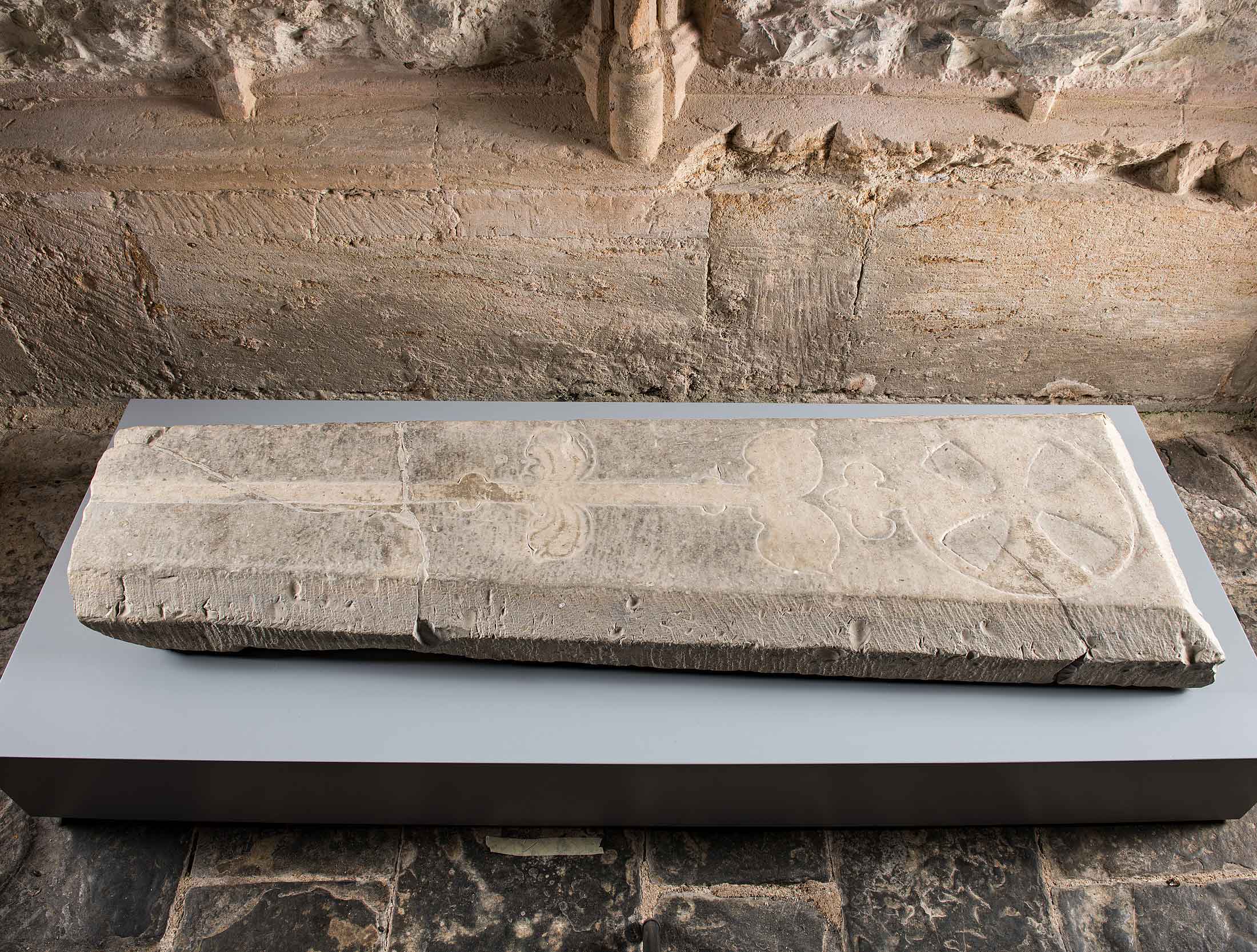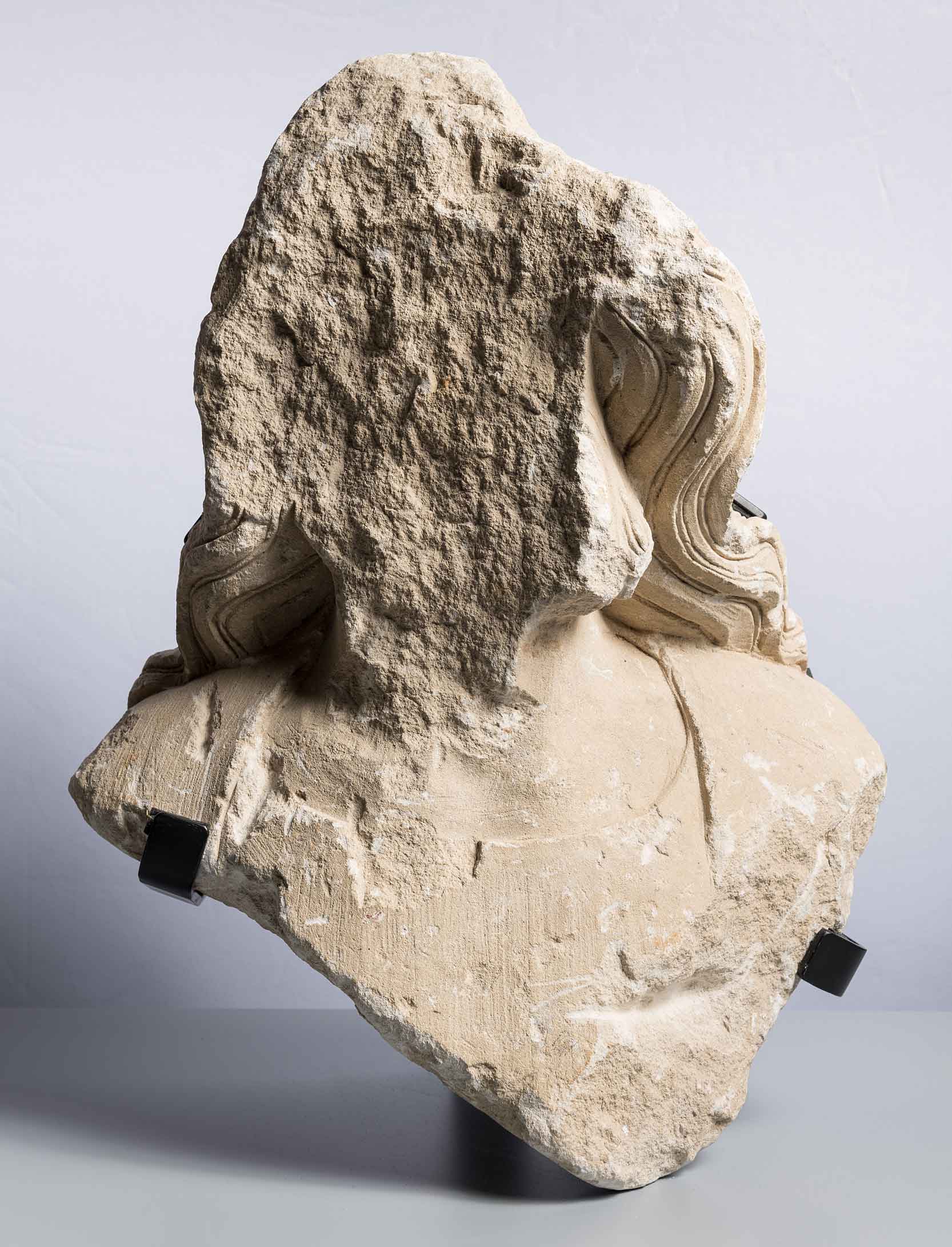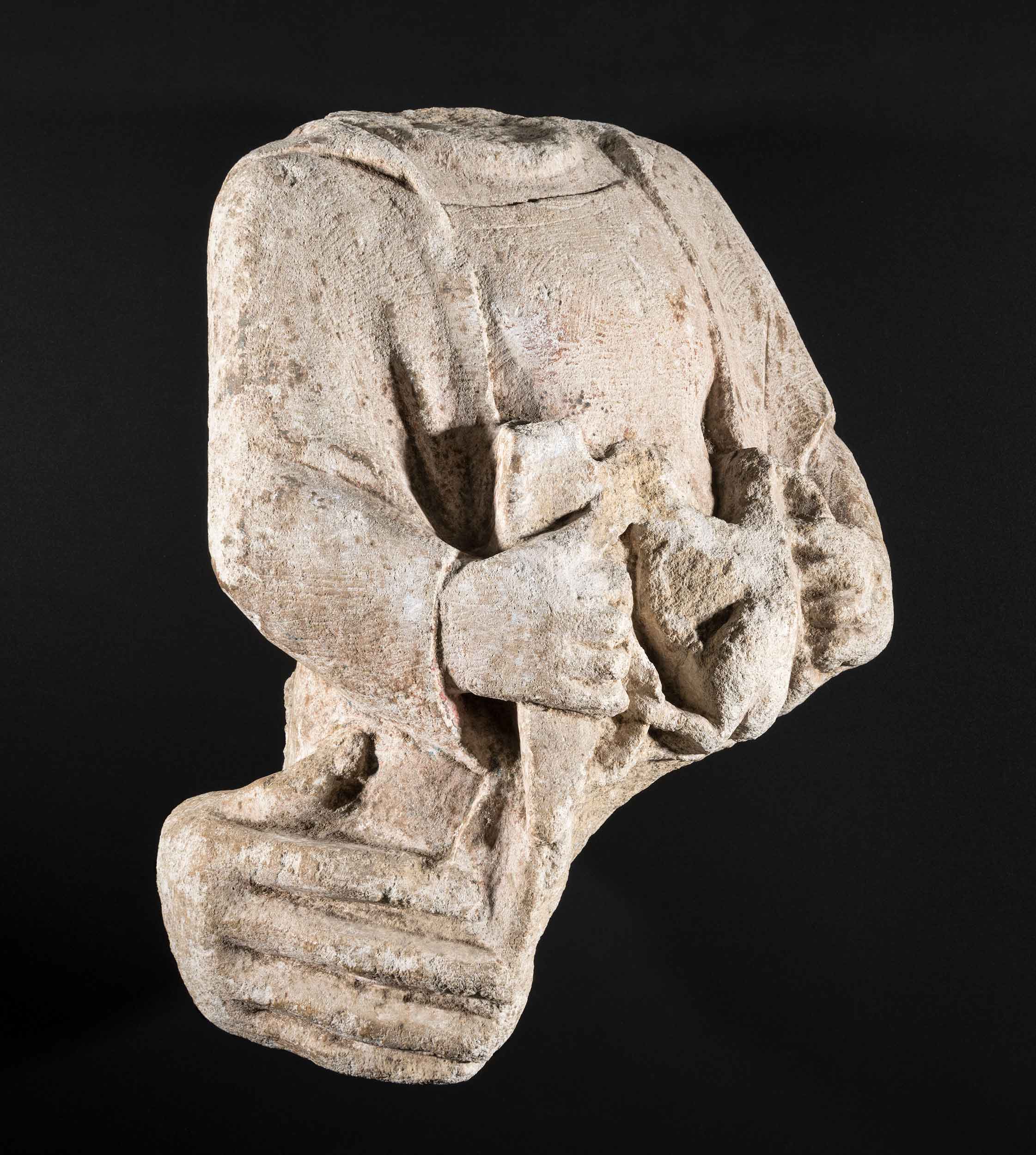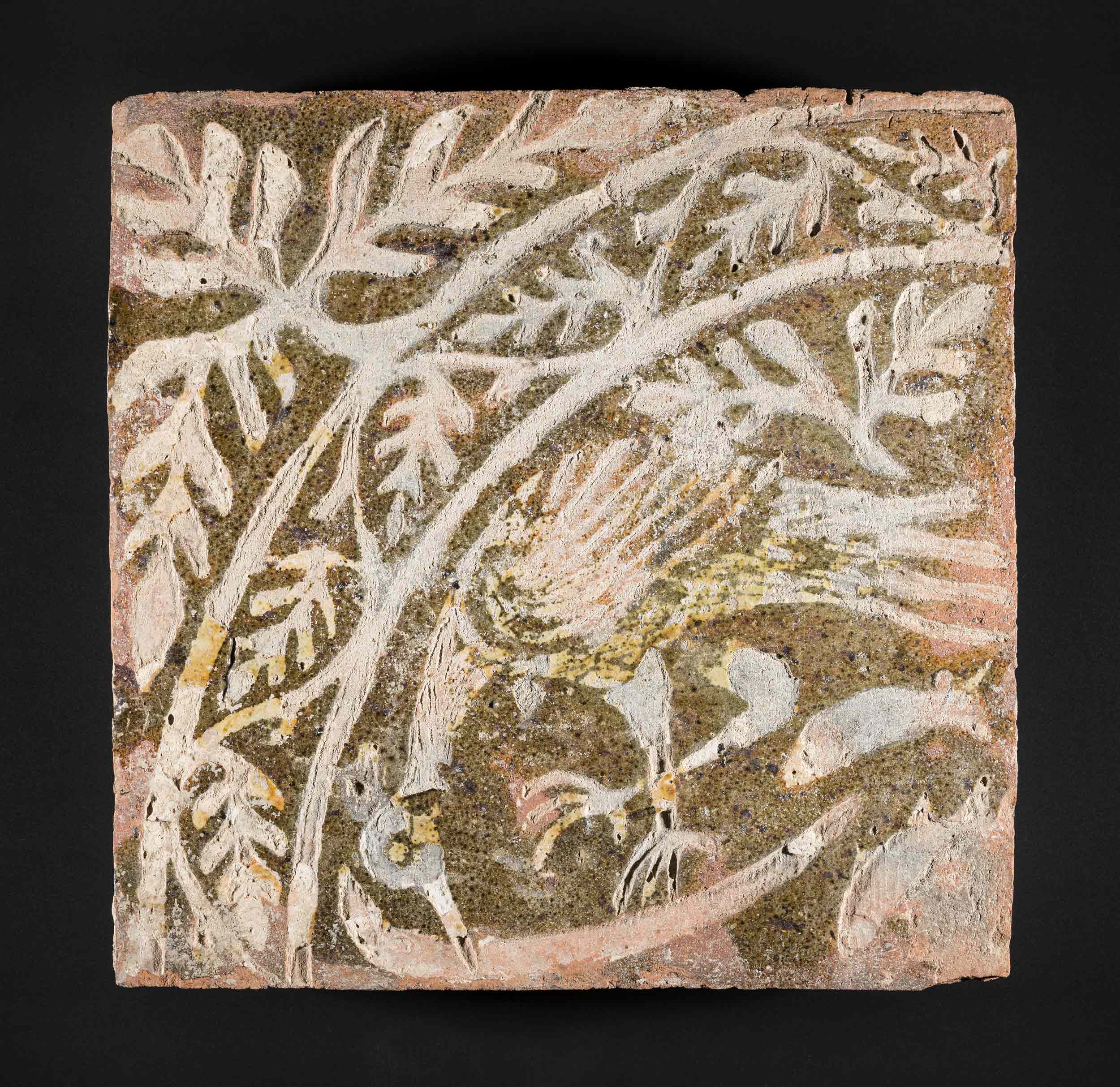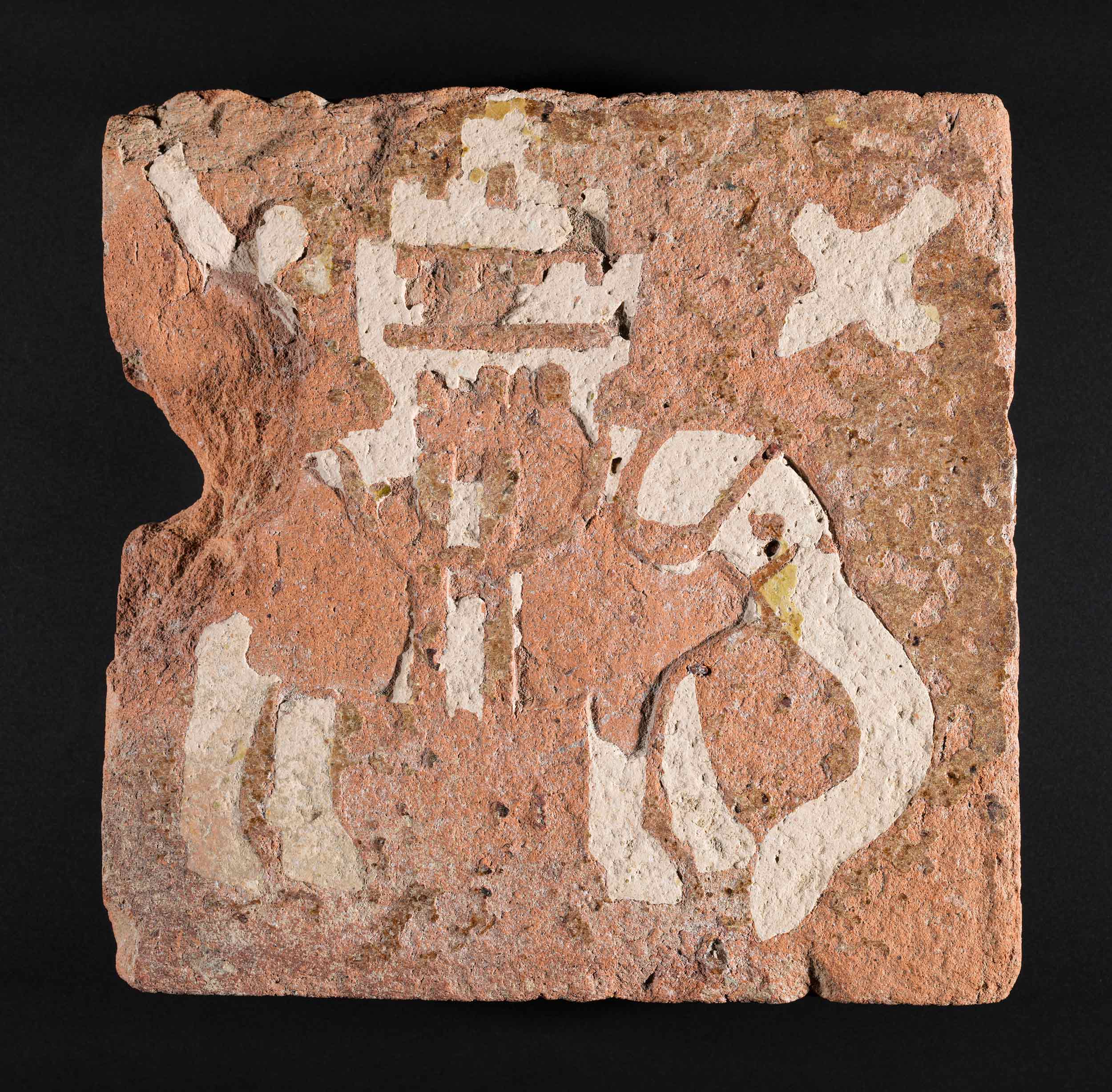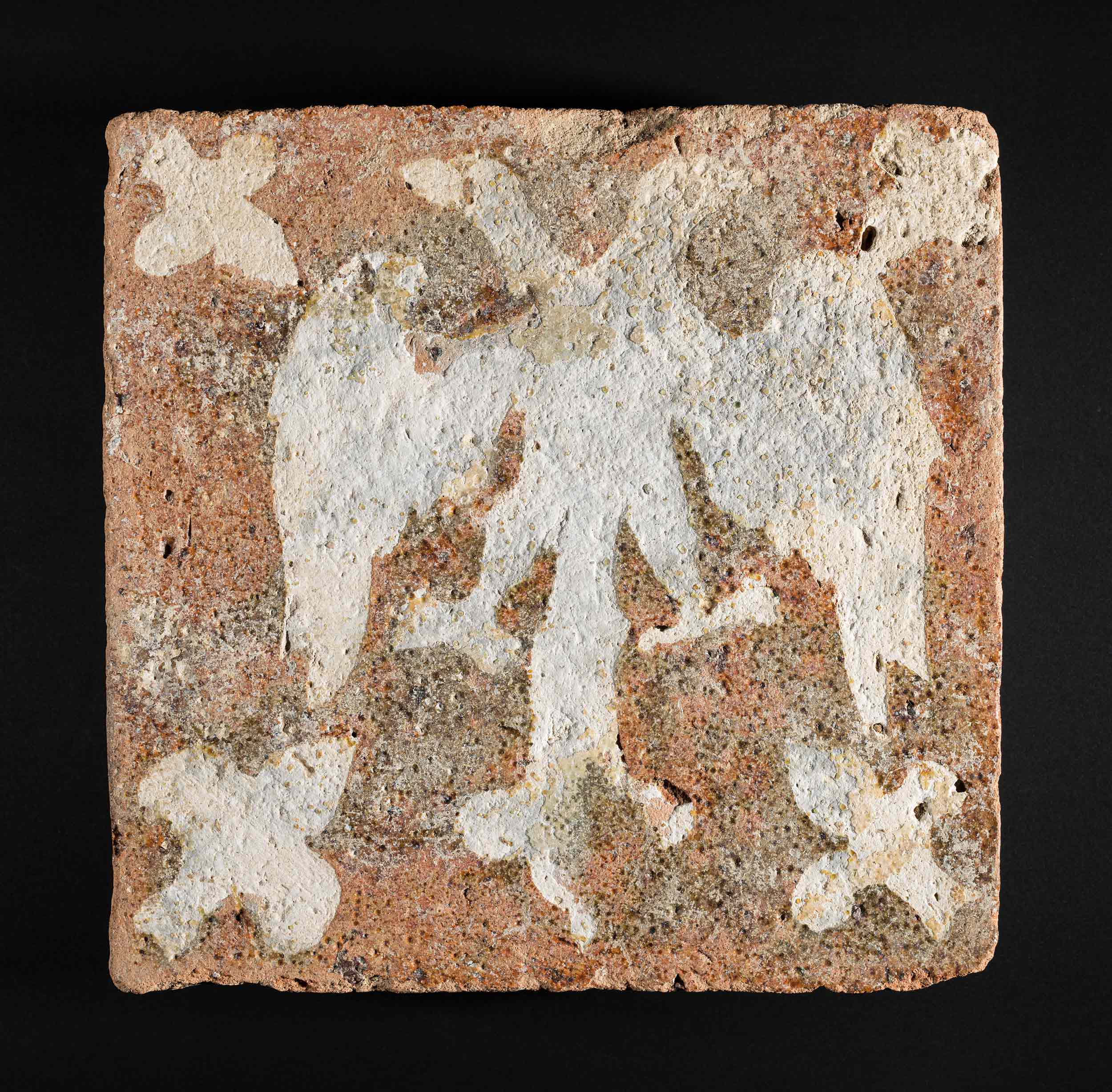Most of the collection consists of stonework, much of it fragments of extremely high-quality statues, tombs and architectural pieces. Little metalwork has survived from the site but painted window glass, pottery and an exceptional collection of floor tiles survive.
Explore a selection of the collection’s highlights below.
Find out more
-
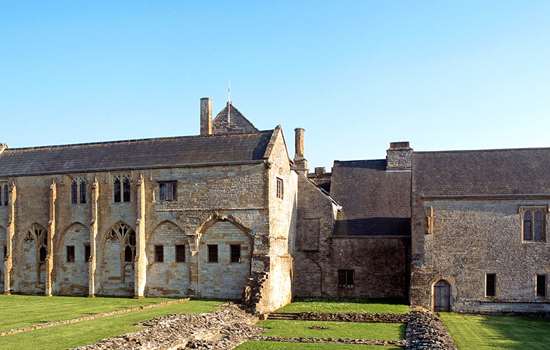
Visit Muchelney Abbey
Abbots’ luxury living on the Somerset Levels
-
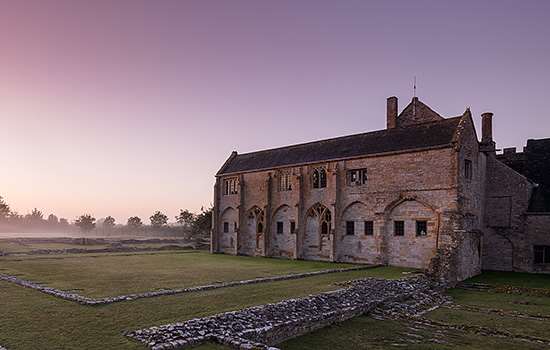
History of Muchelney Abbey
Muchelney Abbey was first founded in the Anglo-Saxon period, and today its buildings and history provide valuable insights into monastic life between the 7th and 16th centuries.
-
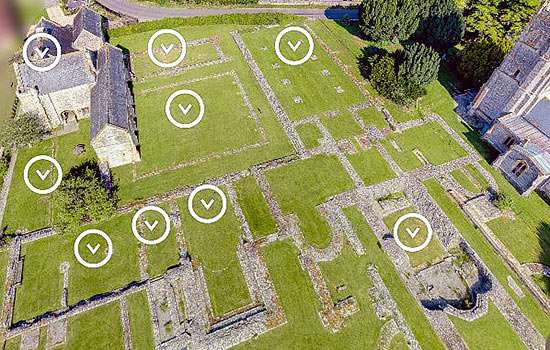
Virtual tour of Muchelney Abbey
Use this virtual tour to explore the buildings of Muchelney Abbey and discover what they reveal about the lives of the monks.
-
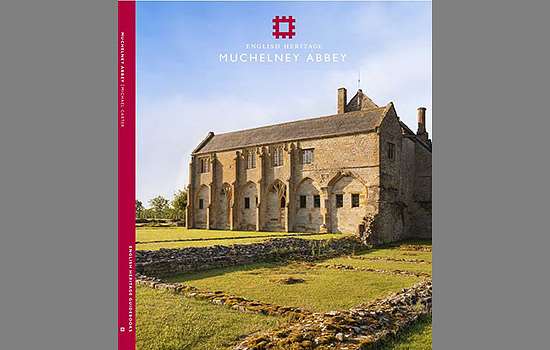
Buy the guidebook
This guidebook brings the site to life with spectacular photographs, reconstructions, historical images, maps and plans.
-
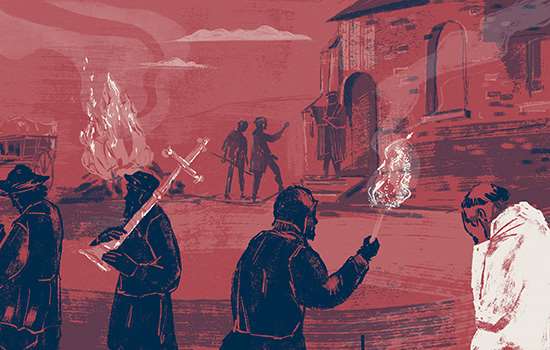
WHAT BECAME OF THE MONKS AND NUNS AT THE DISSOLUTION?
Discover what happened to the many thousands of monks and nuns whose lives were changed forever when, on the orders of Henry VIII, every abbey and priory in England was closed.
-
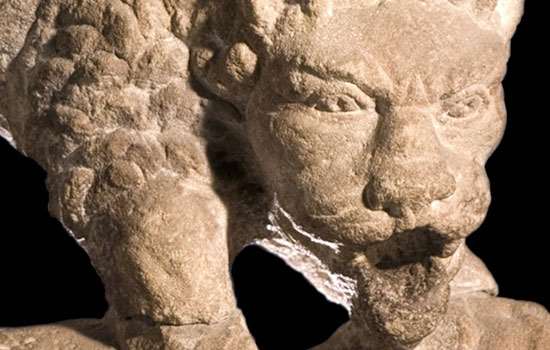
Collections Highlights
English Heritage cares for more than 700,000 objects. Browse collections highlights from English Heritage sites across the country.
